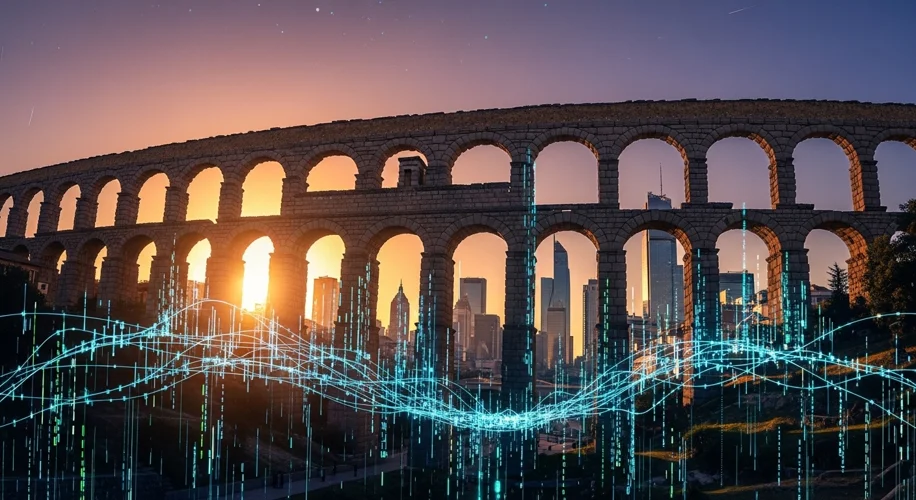It’s easy to get caught up in the current wave of excitement surrounding Artificial Intelligence. We hear about its potential to transform every aspect of our lives. But as someone who’s spent decades sifting through the remnants of technological history, I find myself looking back to another era of impressive, sometimes overambitious, engineering: Ancient Rome.
Now, I know what you might be thinking – what does the empire that built aqueducts and Colosseums have to do with sophisticated algorithms? More than you might expect. The Romans were, in many ways, pioneers of automation. They developed ingenious devices to ease labor and manage resources, pushing the boundaries of what was possible with the technology of their time.
Think about their water mills. These were significant achievements, using the power of flowing water to grind grain, a process that had previously been done by hand or with animal power. It was a form of automation that dramatically increased efficiency. They also engineered complex canal systems, not just for water supply, but also for transport and even powering machinery.
These systems, while impressive, weren’t always perfect. They required constant maintenance, skilled operators, and a deep understanding of hydraulics and mechanics. There were limitations. A drought could cripple a mill, and a blockage in a canal could cause widespread disruption. And sometimes, these sophisticated systems were built without a full appreciation for their long-term environmental or societal impacts.
The Roman Empire itself serves as a fascinating parallel. It was a society that achieved incredible feats through its organizational and engineering prowess. Yet, eventually, it faced decline. Historians point to many factors, including over-expansion, unsustainable practices, and challenges in managing its vast infrastructure. It’s a cautionary tale about how even the most advanced societies can falter if they rely too heavily on systems without understanding their inherent complexities and potential weaknesses.
Today, as we embrace AI, we’re seeing a similar surge of optimism. We’re told AI will solve our problems, boost productivity, and unlock new possibilities. And there’s certainly truth to that. But just like the Romans with their water mills and canals, we need to be mindful of the potential downsides. Are we fully understanding the systems we’re building? What are the maintenance costs, not just in terms of upkeep, but in terms of human oversight and ethical considerations?
Are we creating dependencies that could leave us vulnerable if these systems fail or are misused? History teaches us that technological progress, while exciting, often comes with unforeseen consequences. The Romans’ ingenuity gave them immense power, but their challenges in managing that power offer a valuable perspective. It’s a reminder that true progress isn’t just about building powerful tools, but about wisely managing them, understanding their limits, and ensuring they serve us without becoming our masters.

